Yay or Nay to Tolls on the Brooklyn, Manhattan and Williamsburg Bridges?
If transit group Move NY has its way, moving between boroughs via car will become dramatically more expensive. The group is pushing to revive its failed plan to charge a toll of $5.54 in each direction when crossing the Brooklyn, Manhattan and Williamsburg bridges. (The plan also calls for a toll on the Queensboro Bridge,…
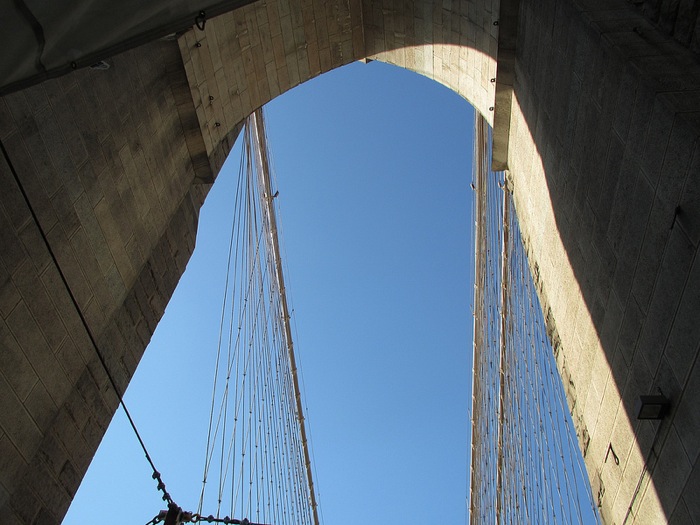

If transit group Move NY has its way, moving between boroughs via car will become dramatically more expensive. The group is pushing to revive its failed plan to charge a toll of $5.54 in each direction when crossing the Brooklyn, Manhattan and Williamsburg bridges. (The plan also calls for a toll on the Queensboro Bridge, as well as crossing 60th Street in Manhattan or taking the West Side Highway or FDR, and to lower tolls slightly where they already exist.) What do you think of the idea?
Transit Group Would Add Tolls to Four New York Bridges [NY Times]
Proposal to Add Tolls on Brooklyn, Manhattan, Williamsburg Bridges [Eagle]
Photo by Anne Holmes

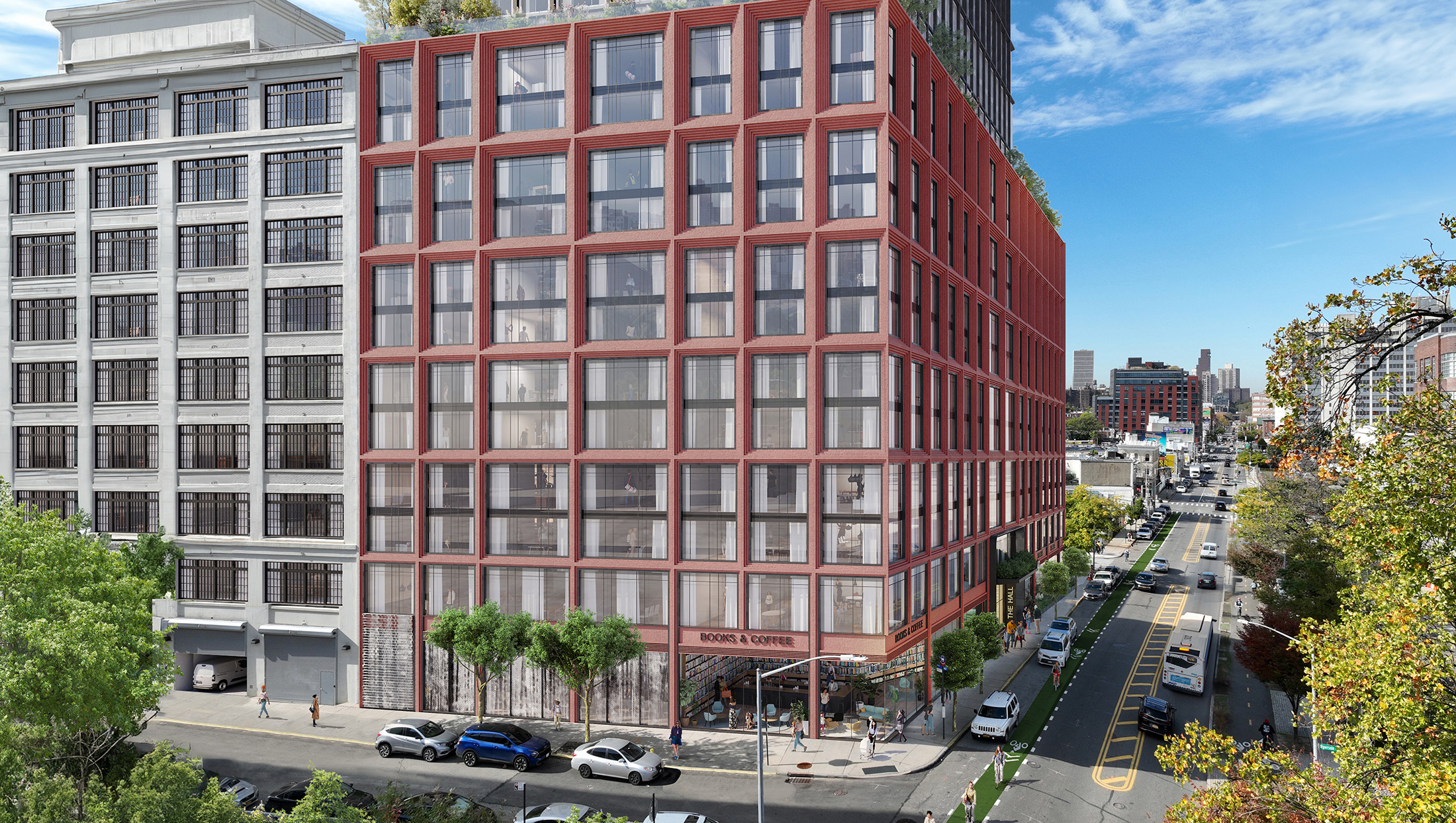
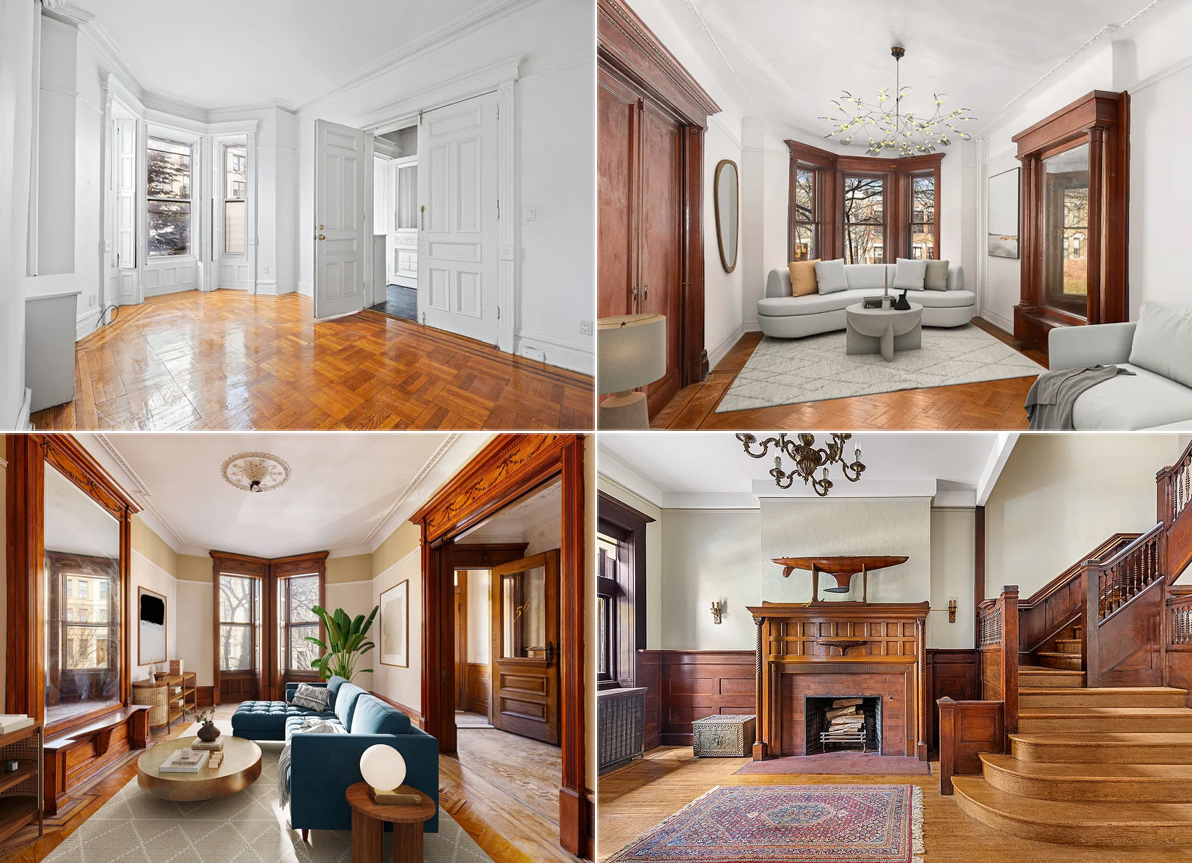
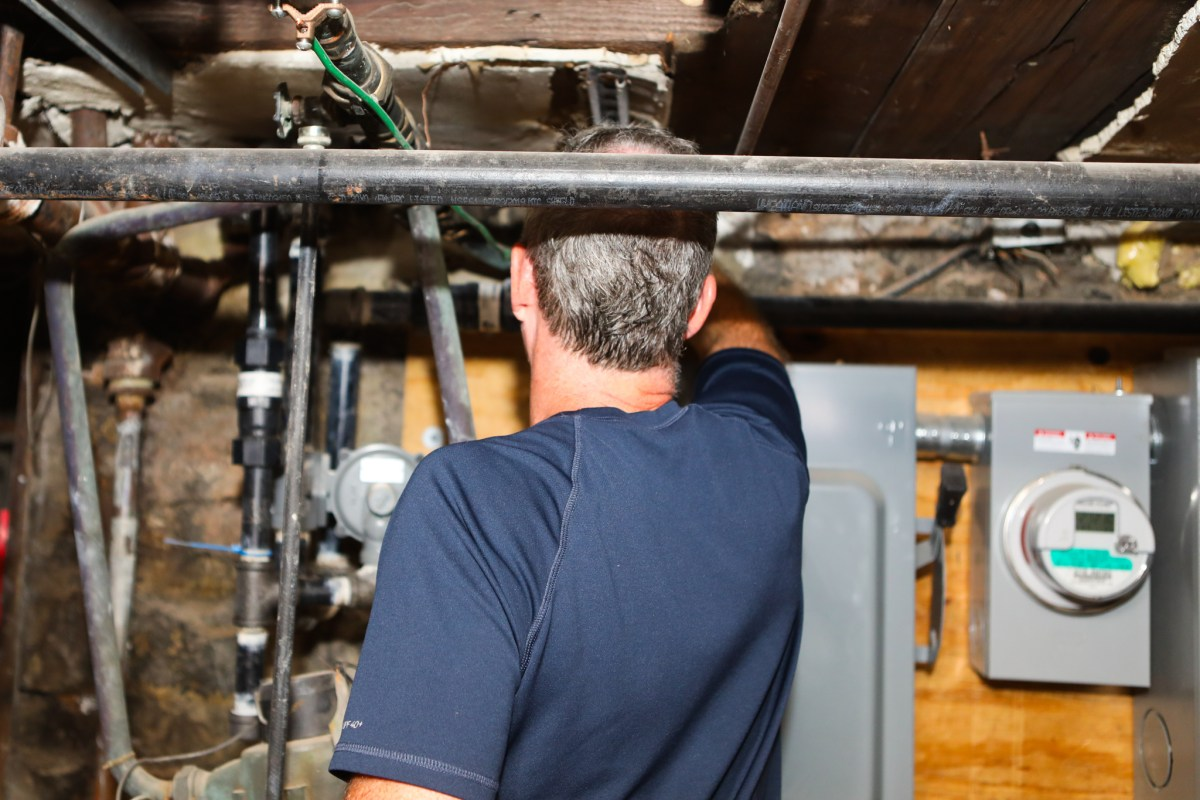
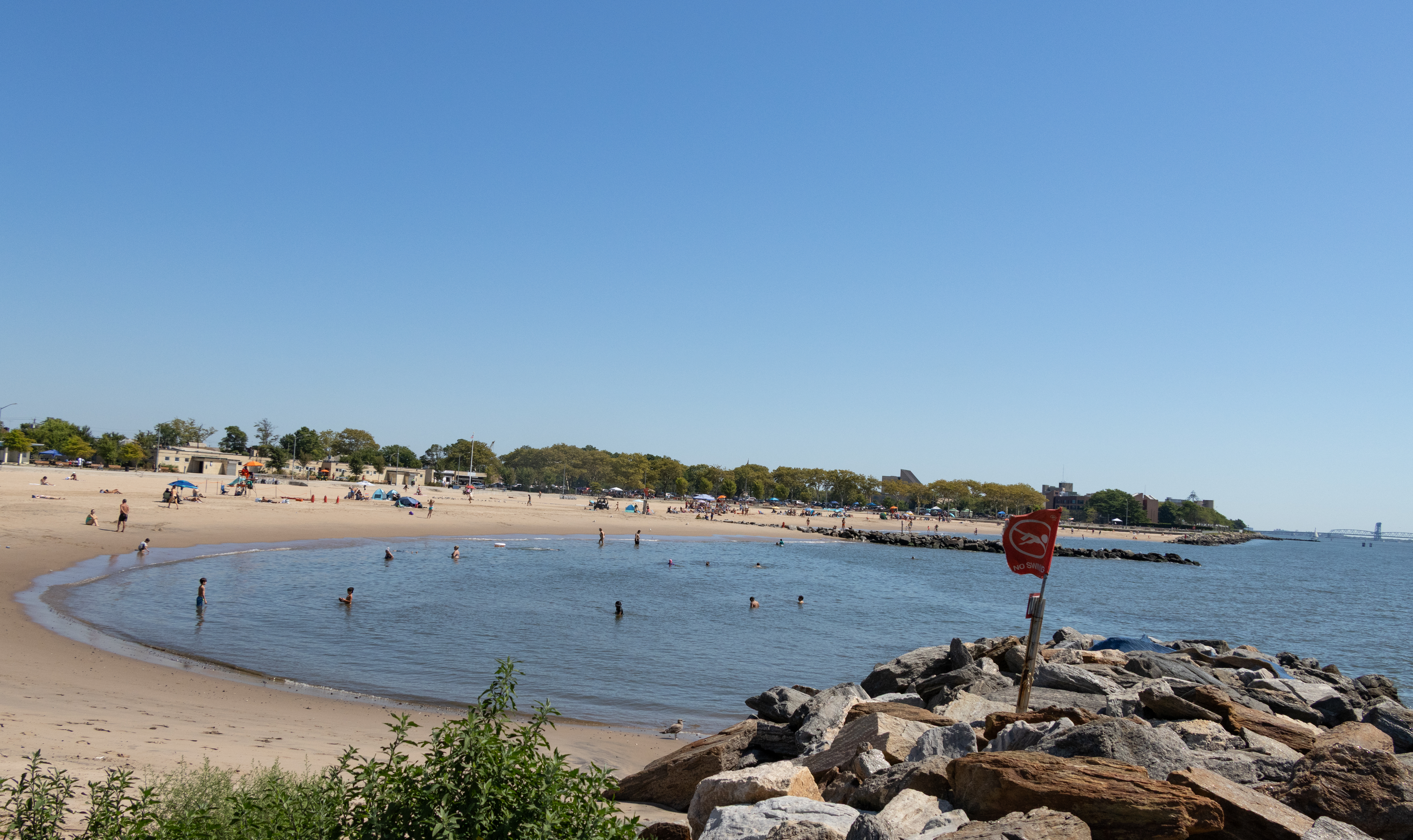
eveostay must be a shill for Move NY
Sounds same as Bloomberg congestion pricing except that his was only for certain hours on business days.
So this one is worse.
Sam Schwartz is a traffic visionary. I love listening to him talk. He knows more about the history of these tolls than anyone. Why is it $15 to go from one borough to another but free elsewhere? Completely arbitrary.
If you don’t think this affects central Brooklyn, consider this: Every day hundreds of trucks travel from JFK to the Holland tunnel and to NJ. The route is down Linden Blvd, once one of the grandest streets in Brooklyn and still one of the widest. Then they continue on Caton, right through Prospect Park South, Kensington and Windsor Terrace. Recently there has been an effort to make this street safer because of a string of accidents.
Finally they cross to Manhattan, go over perpetually pot-holed Canal street, bustling with tourists, and go to NJ. So Chinatown suffers as well.
Meanwhile, because Robert Moses envisioned a scenic drive, trucks are not allowed on the Belt Parkway. They avoid using the Verrazano, which costs something like $120 for a big truck to cross, but would get them to NJ without going through downtown Manhattan.
Basically we are rerouting our truck traffic right through the heart of the city, and preventing them from using any alternatives to residential streets.
Note that a lot of this truck traffic used to be freight trains, on routes like the one that separates Ditmas Park from Midwood.
You could make a strong case that one of the reasons for the decline of neighborhoods like Flatbush through the 60s, 70s and 80s was the decrease in the quality of life brought on by constant truck traffic. Imagine a street like Caton or Linden in 1930, when all those grand Neo Tudor and Neo Renaissance apartment buildings were brand new.
“What do you think of the idea?”
Yeah! Let’s suck more money to spend on Bullshit!
No Tolls on the bridges!
.
The What
Someday this war is gonna end…
Oh I don’t know. LA, SF, Atlanta, Dallas, Denver, Phoenix, Seattle all have the same salaries as I and my husband make here and they can somehow manage to make ends meet without tolls. One thing they don’t have is 100% pension funds for every single tax-payer funded city worker (including the MTA). Just about every other public employee in the country has 401K plans that workers have to contribute to and then the government affiliate gives a small match up to 2-5% just like in the private sector. That’s the big drain on funds here – that and all the lawsuits the city pays out in lawsuits due to misbehaving workers in various positions (NYPD, etc). I never drive in Manhattan so it matters not to me, however don’t believe a word of what they say about lower tolls. Give it 5 years and EVERY bridge and tunnel will be back to the exact same price it is today or higher. Cabs are a vital part of the city transit between boroughs especially late night with all the track work and should not have to pay the tolls if simply reducing civilian congestion is the goal. You will never end congestion in Manhattan, it’s just part of living here. I’m sure in 1750 people complained of too many horses and wagons on the streets too. It’s a small geographic area with millions of people. It will never look like Mayberry. This is nothing but a cash grab for a city and state who refuses to manage it’s funds, its pensions, OR it’s employees’ misdeeds. I say NO
Yes, who will lick and seal all those envelopes?
No, he likes to drive and is already paying for it through high gas taxes, registration fees, etc. (I can’t believe I’m agreeing with “The What”).
This is a temporary band aid. Verrazano tolls are likely going to continue to go up regardless for the reasons I outlined. Even if there is a temporary reduction in toll fares, don’t expect that to last very long. At the end of the day, even if the Verrazano toll would be $2-$4 less on the whole because of this plan, the toll would still be insanely high; I’m not supporting paying $5.54 on other bridges to see a small reduction in Verrazano toll prices (and, again, this is $5.54 today. Tomorrow, we’d be seeing significantly higher fees to make up for more government fiscal irresponsibility).
.
At the end of the day, though, this plan seems to be dead in the water, at least for this legislative cycle. Indeed, while its not clear whether the new Assembly speaker supports this plan, congestion pricing remains dead in the water as far as NYS Senate GOP Majority Leader Dean Skelos is concerned. Specifically, Skelos, through a spokesperson, released the following statement: “We don’t support new taxes, fees or tolls.“Hardworking New Yorkers are paying enough already.”
That’s the only way Albanay would approve such a plan.